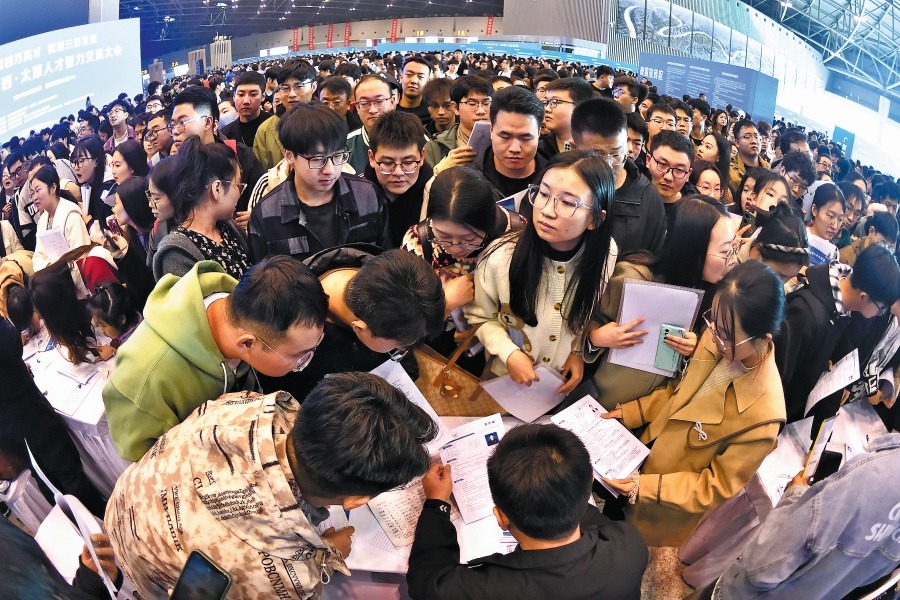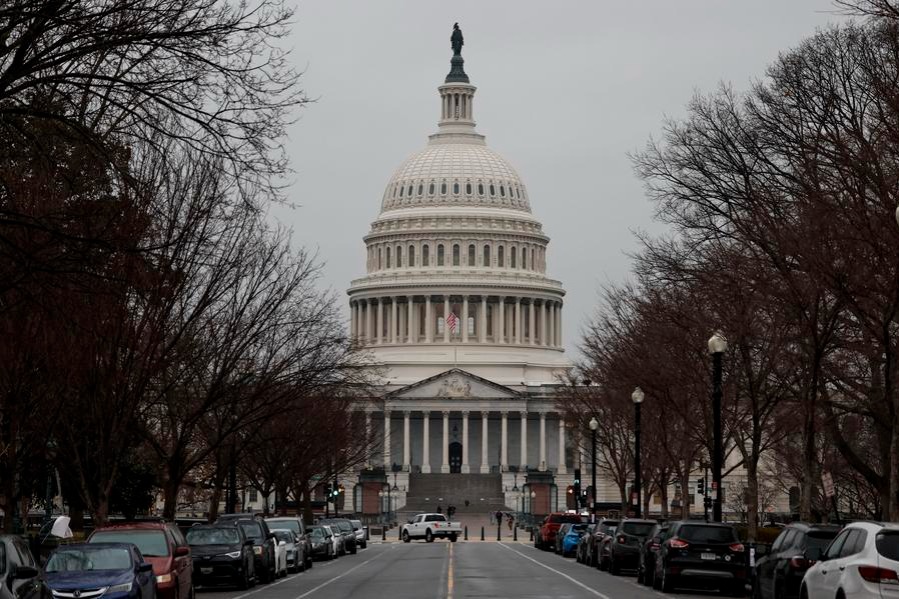Prosperous China good for the world


MA XUEJING/CHINA DAILY
There is no meaningful definition of development today that does not have at its heart poverty reduction. Whether one looks at the University of Oxford's concept of "multidimensional poverty", the "human development" approach of the United Nations, the "sustainable development goals" (set also by the UN in 2012) or Economics Nobel Prize winner Amartya Sen's view of "development as freedom" where freedom from deprivation is a core component, pure economic variables are not sufficient to make people understand and design policies on development.
There are still some neoliberal economists and policymakers that propagate the idea that to become developed economies, the countries of the Global South ought to be only concerned about increasing their economic growth rate. There are others that, while identifying with a broader definition of development that includes poverty reduction, promote the idea that fast-paced economic growth is a necessity to realize that objective.
On the other side of the spectrum, there are paradigms that associate development with poverty reduction or consider reducing poverty and inequalities a prerequisite to accelerate economic growth. Much of the traditional left in Latin America, Africa and Asia has been committed to such an approach. In their view, for development to take place, productive resources ought to be owned by the state in representation of the community. Indirectly, everyone would get an equal share and, depending on the wealth of the country, people would emerge out of poverty (at least nominally).
In that paradigm there is a disdain for private property and market competition, as they are deemed bourgeois tools to exploit the poor. Most of the guerrilla movements in Latin America were of that persuasion.
Post-1978 China did not make choices within the limits of this false dichotomy. Instead, it implemented policies based on its own realities and historical background, indifferent to ideological purities and orthodox recipes. Adopting a pragmatic approach guided by the search for specific outcomes, China recognized the importance of private property, market competition, the profit motive and foreign investment, while working out aggressive anti-poverty policies and keeping in the hands of the state strategic sectors, in order to boost economic growth and social development.
Additionally, the Chinese government became increasingly sophisticated at fully using anything available in the economic and social policy toolkit to meet specific sectoral or regional needs or to achieve broad national objectives.
The countries in Latin America and other less- and least-developed regions took a very different path. For instance, most of the Latin American policy debates have been focused on ideology. Far from making assessments on the basis of results, most economists and politicians have been obsessed with whether socialism or neoliberalism possesses the best toolkit for development. This ideological pomposity has ignored the pragmatic eclecticism that has prevailed in every successful development story, be it in Western Europe, the United States, Japan, Canada, the Republic of Korea, Singapore, Australia, New Zealand or China.
Unlike China's reform and opening-up, which were launched in 1978, Russia's reforms in the early 1990s fully complied with the "advice" of Western experts, proceeding, in a hurry, to liberalize markets and privatize assets. Far from becoming an industrial and technological powerhouse, Russia became heavily dependent on its energy resources, missing out on real development.
In fact, most Latin American countries share with Russia the negative consequences of following neoliberal policies and implementing the recommendations of Western advisers, often, in the case of Latin America, attached as conditions for granting development loans.
On the other hand, China achieved on average more than 9 percent growth for almost four decades and lifted over 800 million people out of absolute poverty, thereby accounting for three quarters of global poverty reduction.
How did China pull off this mighty feat? It did not fall into the false Catch-22 dilemma about the presumed contradiction between economic growth-friendly policies and social development. In contrast, it pushed for policies that have allowed for a mutual reinforcement of those two objectives.
Market-led development alongside state activism, plus heavy investments in education and healthcare, resulted in high economic efficiency, not by the displacement of the less-competitive people but by their incorporation into the economy as small entrepreneurs (via microloans and subsidies) or as productive human resources into the industrial sector. Millions of jobs were created as China became the main supplier of industrial and technological goods to world markets.
Beyond reducing poverty within the country, China has also helped improve the conditions of the people around the world. First, its fast GDP growth has boosted world demand for raw materials and agricultural goods from less- and least-developed countries. Second, its lower prices for thousands of consumption and capital goods have made them accessible to millions of people in the Global South. And third, its accumulation of international reserves (due to its massive continuous trade surplus) has increased the supply of world credit, lowering interest rates.
All these have led to an increase in world investment and employment and stronger financial conditions for mortgages and other types of debt required by lower-income sectors in every corner of the world. Imagining the global poverty situation without China's success in poverty alleviation is chilling. Therefore, if we are serious about human rights, above all the right to enjoy a life without deprivation and the right to have hope, the world needs a prosperous China.
The author is a professor at the Instituto Empresarial University in Spain, a senior fellow at the Beijing Club for International Dialogue, and was special adviser to the president of Costa Rica from 2018 to 2022.
The views don't necessarily reflect those of China Daily.
If you have a specific expertise, or would like to share your thought about our stories, then send us your writings at opinion@chinadaily.com.cn, and comment@chinadaily.com.cn.


































